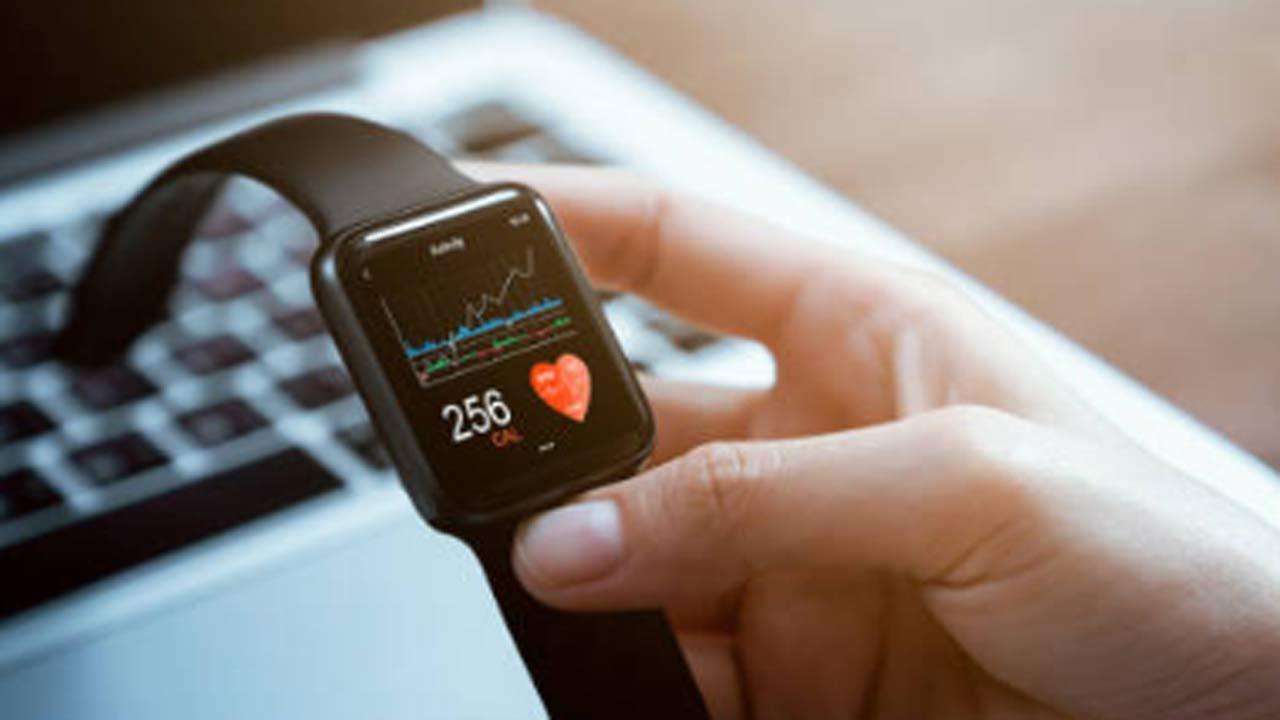Parkinson's affects cells in the brain called dopaminergic neurons, located in an area of the brain known as the substantia nigra

Representational images. Pic/iStock
Smartwatches could identify Parkinson's disease up to seven years before hallmark symptoms appear and a clinical diagnosis can be made, according to new research.
ADVERTISEMENT
Researchers from Cardiff University in the UK showed that combining smartwatch data of just one week with artificial intelligence (AI) can help identify people who would about seven years later go on to develop Parkinson's disease.
They say this could be used as a new screening tool for Parkinson's disease, which would enable detection of the disorder at a much earlier stage than current methods allow.
"Smart watch data is easily accessible and low-cost. By using this type of data, we would potentially be able to identify individuals in the very early stages of Parkinson's disease within the general population," said Dr Cynthia Sandor, from the UK Dementia Research Institute at Cardiff University.
"We have shown here that a single week of data captured can predict events up to seven years in the future. With these results we could develop a valuable screening tool to aid in the early detection of Parkinson's," she added.
Parkinson's affects cells in the brain called dopaminergic neurons, located in an area of the brain known as the substantia nigra.
It causes motor symptoms such as tremor, rigidity (stiffness), and slowness of movement.
By the time these hallmark symptoms of Parkinson's begin to show, and a clinical diagnosis can be made, more than half of the cells in the substantia nigra will already have died.
Therefore, there is a need for cheap, reliable and easily accessible methods to detect early changes so that intervention can be made before the disease causes extensive damage to the brain, the researchers said.
They analysed data collected from 103,712 UK participants who wore a medical-grade smartwatch for a seven-day period in 2013 to 2016.
The devices measured average acceleration, meaning speed of movement, continuously over the week-long period.
They compared data from a subset of participants who had already been diagnosed with Parkinson's disease, to another group who received a diagnosis up to seven years after the smartwatch data was collected.
However, a limitation to the study is the lack of replication using another data source, as there are currently no other comparable data sets that would allow for similar analysis. However, extensive evaluation was performed to mitigate any biases, Sandor said.
Also Read: “Why do I have constant shoulder pain?” Expert shares causes and treatment
This story has been sourced from a third party syndicated feed, agencies. Mid-day accepts no responsibility or liability for its dependability, trustworthiness, reliability and data of the text. Mid-day management/mid-day.com reserves the sole right to alter, delete or remove (without notice) the content in its absolute discretion for any reason whatsoever
 Subscribe today by clicking the link and stay updated with the latest news!" Click here!
Subscribe today by clicking the link and stay updated with the latest news!" Click here!







